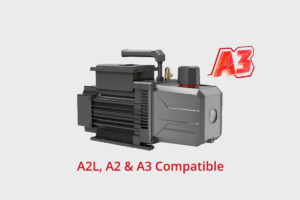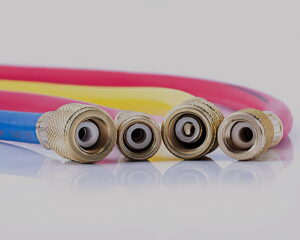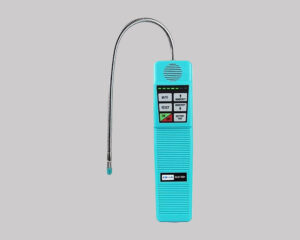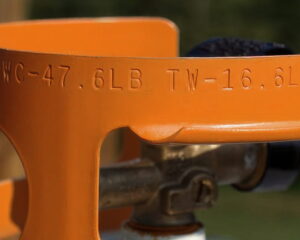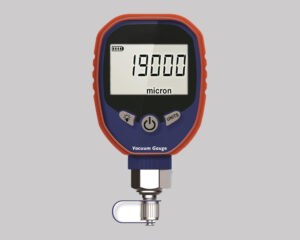In the world of industrial automation and precision manufacturing, vacuum technology is indispensable. Yet, choosing between a vacuum ejector and a vacuum pump often leaves engineers scratching their heads. Both generate suction, but their operating principles, costs, and applications differ dramatically. Let’s demystify these two technologies to help you avoid costly mismatches and optimize your operations.
1. How They Work: Ejectors vs. Pumps
Vacuum Ejector (Pneumatic Generator)
- Principle: Relies on the Venturi effect. Compressed air accelerates through a narrow nozzle, creating a low-pressure zone that draws in surrounding air. This generates suction without moving mechanical parts.
- Pressure range: Typically achieves 810–30 mm HgA (rough vacuum) in single-stage systems and 130–3 mm HgA in dual-stage setups.
Vacuum Pump (Electric Generator)
- Principle: Uses mechanical action (e.g., rotating vanes, screws, or diaphragms) to evacuate air from a chamber. Rotary vane pumps, for instance, trap gas in expanding chambers and expel it via exhaust valves.
- Pressure range: Capable of reaching high to ultra-high vacuum levels (below 10^-3 mbar) depending on the pump type.
2. Pros and Cons at a Glance
Vacuum Ejectors
✔️ Pros:
- Compact, lightweight, and easy to install.
- Minimal maintenance (no lubricants or wear-prone parts).
- Low upfront cost.
❌ Cons:
- Requires a compressed air supply (additional energy cost).
- Limited flow rate and vacuum depth.
- Unsuitable for continuous operation (overheats).
Vacuum Pumps
✔️ Pros:
- Higher flow rates and deeper vacuum levels.
- Self-contained (no external air supply needed).
- Designed for continuous operation.
❌ Cons:
- Higher initial investment and maintenance (oil changes, seal replacements).
- Bulkier and noisier.
- Complex installation in some cases.
3. When to Choose Which?
Opt for a Vacuum Ejector if:
- Your application requires short-cycle, intermittent suction, like pick-and-place robots in electronics assembly.
- Space and weight are critical, such as in portable lab equipment or mobile machinery.
- Budget constraints prioritize low upfront costs over long-term energy efficiency (e.g., small-scale food packaging).
Opt for a Vacuum Pump if:
- You need consistent, high-performance vacuum for processes like vacuum coating or semiconductor etching.
- Operations run continuously, such as in vacuum furnaces or medical sterilization systems.
- Process stability is non-negotiable (e.g., handling sensitive materials in optics manufacturing).
4. Hidden Costs and Efficiency Trade-offs
- Ejectors: While cheaper initially, compressed air consumption can inflate energy bills. For example, a mid-sized ejector using 15 liters of air per second at 6 bar pressure costs ~€1,200 annually in energy (at €0.12/kWh).
- Pumps: Rotary vane pumps consume 2–10 kW depending on size, but modern models with variable speed drives cut energy use by 25% by adjusting motor RPM to demand.
Conclusion
Vacuum ejectors excel in simplicity and affordability for light-duty tasks, while pumps deliver unmatched performance for demanding industrial applications. The “better” option hinges on your vacuum depth requirements, operating hours, and total cost of ownership. Will your next project prioritize flexibility or power?
- Coolink: TOP 3 Global HVAC Vacuum Pump Manufacturer
- Elitevak: Quality Industrial Vacuum Pump Supplier from China


